The BR403 “Lufthansa Airport Express” is not very well known, but would deserve to be a legendary train.
Those 3 EMUs built in the ’70s were the ancestor of German ICE high speed trains. I stumbled upon an N-scale model on Ebay and couldn’t resist; but now, a conversion to DCC is in order!
I will divide this conversion in 3 small blog posts. This part 1 is a quick presentation of the model; part 2 will be about improving power contacts and installing interior lighting; and part 3 will show the installation of the DCC decoder…maybe with sound.
This is my most ambitious conversion until now, so let’s hope it all works as planned!
The original
Class 403 (BR403) is a fascinating train:
- Only 3 (!) of those trains where ever built. They were in service from 1973 until the early ’90s.
- With a top speed of 200 km/h, they came long before the ICE High Speed EMUs. In fact, a version of the latest ICE 3 bears the same “BR403” description.
- They have distributed power under all bogies.
A premonition maybe! Early European High Speed discarded this method: only the Japanese Shinkansens have always been “real” EMUs since the beginning.
Germany’s first “real high speed” trains (ICE I and ICE II) used power cars at both ends; so did the French TGV from Alstom/SNCF, and its American cousin, the “wish-it-were-high-speed” 😉 Acela Express.
In Germany, the ICE 3 adopted distributed power again in 1997, while on the French side, the switch happened only in 2010 with the AGV (a commercial failure until now).
These EMUs served Frankfurt International Airport as the “Lufthansa Airport Express”, with a Lufthansa color scheme (grey/yellow). They were later used by the Deutsche Bahn (with a dark grey livery).
The BR403’s original design earned him the nickname “Donald Duck”. I actually think it could be mistaken for a modern ICE or Shinkansen: its “nose” looks much more modern than the early ICE 1 or TGV Sud-Est of the 1980s.
The model
The N-Scale model (163902G) is from Lima, an Italian manufacturer, now property of Hornby (with a limited range of HO only products). I couldn’t find exactly when this model was released.
One thing was sure: DCC conversion was going to be a bit tricky.
I avoid buying very old trains. Not that I am afraid of DCC conversions – I now have a little experience – but because some models were technically limited.
Fortunately, this is an EMU, and there will be plenty of room for installing a decoder and even maybe a loudspeaker:
The power car has one light bulb, it won’t be too hard to replace it with a set of 2 yellow/red SMD leds. There is a big problem however: the power car has one motor bogie (all wheels with rubber bands), and the other bogie gets power from the tracks from all 4 wheels. This is a recipe for getting stuck on switches:
The 3 other cars have no function whatsoever, there is not even a light bulb or track power feeders in the unpowered head car.
The plan
This time, I will try to do things right. Here is my plan:
- Improving track power feeders
I will install feeders in the second car, to supplement the feeders of the powered unit. This is the only solution as the motor bogie of the head car does not leave place for feeders: all i4 wheels have rubber bands for better adhesion to the track. - Allow for power transmission along the entire unit
I will use “mini plugs” between the cards to link them electrically. As you can see in the photo above, the couplers are old fashioned, but the distance between cars doesn’t disturb me and I don’t intend to replace them with standard N couplers. - Add adequate lighting
Interior lighting (LED) in all cars. Dual front lighting (yellow/red) in both the power and the dummy head cars. - Install a DCC decoder
Whether I will add sound remains open for now.
This is a lot to do. Linking cars electrically is something I haven’t done yet, but there are many valuable tips on the Internet. Let’s hope at the end, this unit will run smoothly…after all, the main advantage of early 90s models is that they have an easy and solid built !
To be continued…
I’ll be seeing a totally different scenery next week, as I’ll be in San Francisco and Seattle for a few days.
I will maybe get to see some “exotic” US trains; but in the meantime, this conversion will have to wait.

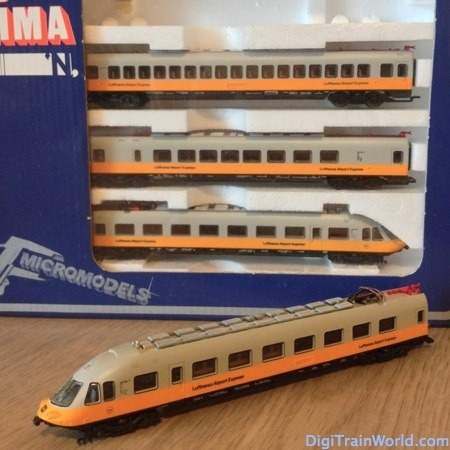
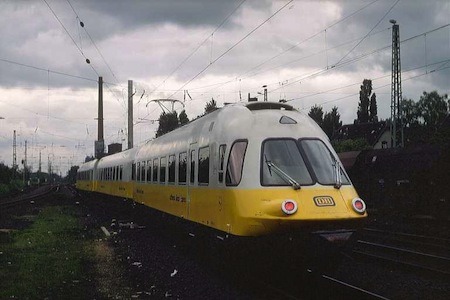

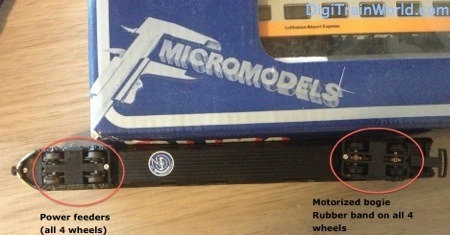
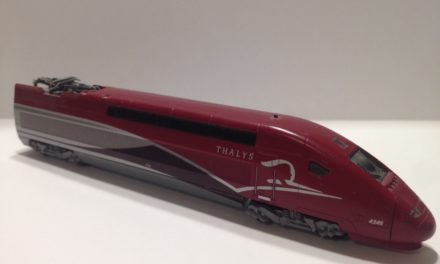
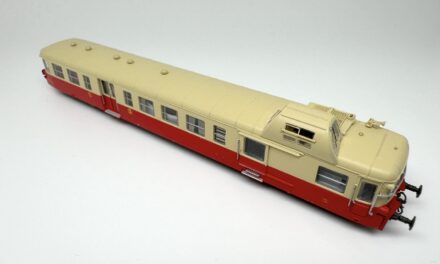
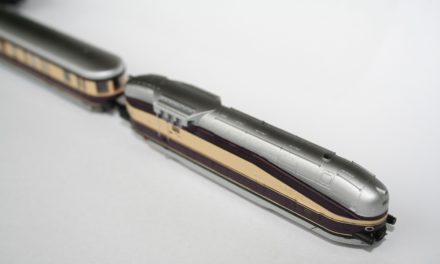

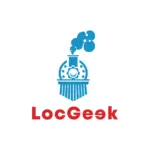

Seattle? Hey, you’ll be in my part of the world! I hope you enjoyed your visit (the weather has been a bit typical for this time of year unfortunately)!
Hi Jerry, don’t worry, I wasn’t expecting a tropical experience in Seattle. Besides it wasn’t a requirement for thanksgiving (i.e. eating and drinking) 😉
I took the monorail and also visited Eastside Trains in Kirkland.
I loved that they had so many American trains..most stores I have seen until now (on the East coast) had lots of German products, which is kinda boring for me.
Too bad US rolling stock doesn’t like small European N radiuses !
Did I miss a better store in the area?
Hi there! That’s a beautiful train and one I’ve been eyeing for a while. The only reason I’ve been holding off is that the same type has been announced by Hobbytrain/Kato for a while now and I’m hoping for a more detailed model with more up-to-date circuitry from them once it is finally issued. Btw, your history is a little backward. The ET403 was originally developed as a potential substitute to loco-powered Inter City (IC) trains, which at the time were 1st class only (and pulled by Series 103 or 112 electrics). The ET403 was first unveiled, in its original grey with black and red stripes livery, in 1973. But in 1979 DB changed the IC product to a two class system of hourly connections on the main routes between the major cities. Now suddenly four-to-six coach trains were replaced by trains with eleven or more coaches to account for the increased 2nd class demand. The ET403 wasn’t designed for that sort of operation. After some time as a testbed and use for special services, DB entered into an agreement with Lufthansa whereby the trains would be repainted in LH livery and used as a shuttle between Frankfurt and Dusseldorf airports for ticketed LH passengers only in lieu of a very short domestic connecting flight. This worked well for a while and was popular with tourists since the train took the scenic route through the middle Rhine valley. But in 1993 the trains were due for an overhaul due to extensive corrosion damage of the newfangled aluminum structure. LH wasn’t in the mood to pay for that, so the service ended and the trains were parked. They have been sitting around in increasingly poor condition for years now. But some individuals have apparently put up some money to have at least one unit restored either as a museum or to return to operational condition. I don’t know.
MK
Thanks a lot for taking the time to comment Misha, I’ll post a correction in the article to mention my mistake.
As for the Kato version, I think I had heard of it…but patience is not one of my strengths 😉